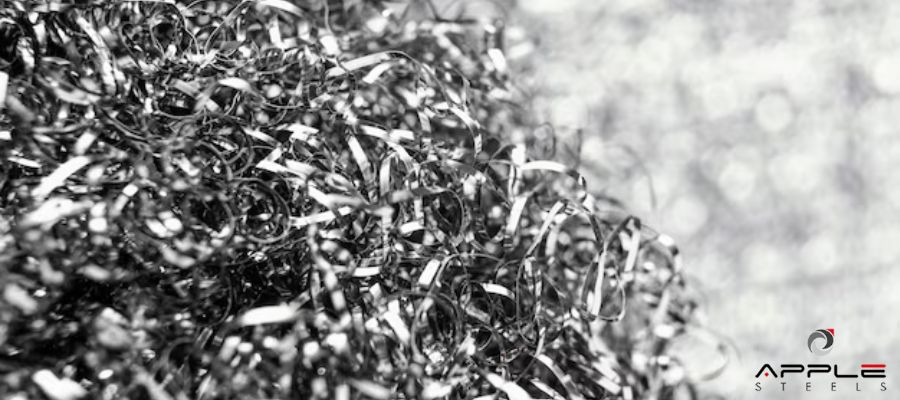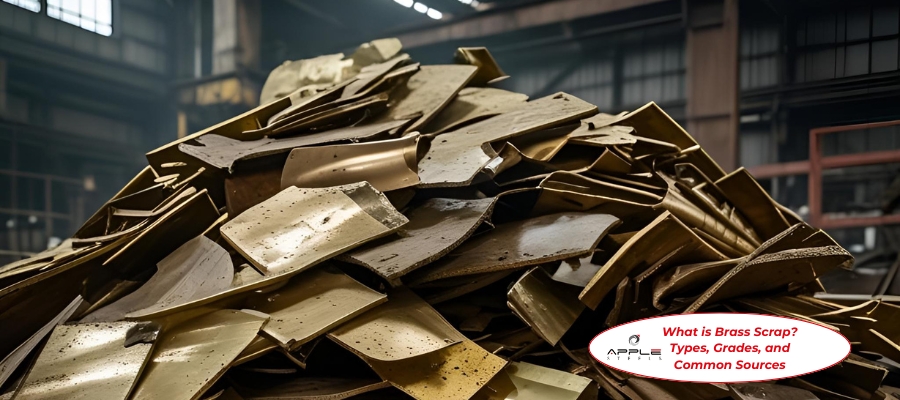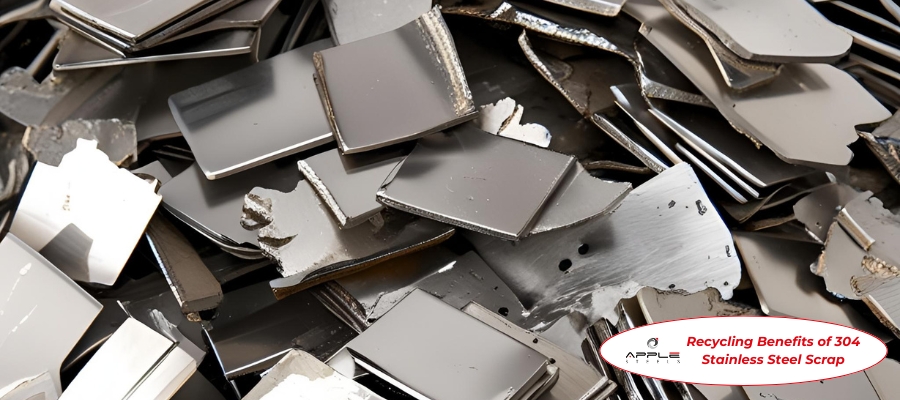Stainless steel is ubiquitous in countless everyday items, from kitchen appliances to industrial machinery. Its durability, resistance to corrosion, and aesthetic appeal make it a preferred choice in various applications. But what happens when stainless steel items reach the end of their lifecycle? This is where stainless steel scrap comes into play. In this guide, we’ll delve into the world of stainless steel scrap, exploring its importance, the recycling process, and how you can benefit from it.
What is Stainless Steel Scrap?
Stainless steel scrap refers to discarded stainless steel items that are no longer in use but can be recycled and repurposed. These scraps come from various sources, including manufacturing offcuts, obsolete machinery, consumer goods, and construction materials. The scrap is collected, processed, and melted to produce new stainless steel products, thus contributing to a circular economy.
The Importance of Recycling Stainless Steel Scrap
- Environmental Benefits: Recycling stainless steel scrap reduces the need to mine new raw materials, which can be environmentally damaging. It also conserves natural resources and reduces greenhouse gas emissions.
- Economic Advantages: The recycling industry creates jobs and generates economic activity. Recycled stainless steel is often cheaper than new stainless steel, providing cost savings for manufacturers.
- Energy Savings: Recycling stainless steel requires significantly less energy than producing it from raw materials. This energy efficiency translates to lower production costs and reduced environmental impact.
The Stainless Steel Recycling Process
- Collection: The first step in the recycling process is the collection of stainless steel scrap from various sources. Scrap yards, manufacturing plants, and demolition sites are common places where scrap is gathered.
- Sorting: Once collected, the scrap is sorted based on its grade and type. Stainless steel comes in different grades, each with varying amounts of alloying elements like chromium, nickel, and molybdenum. Proper sorting ensures the quality of the recycled material.
- Shredding: The sorted scrap is then shredded into smaller pieces to facilitate easier handling and melting. Shredding also helps in removing any non-metallic impurities.
- Melting: The shredded scrap is melted in a furnace at high temperatures. During this process, impurities are removed, and the stainless steel composition is adjusted to meet specific requirements.
- Refining: The molten stainless steel is refined to remove any remaining impurities and achieve the desired alloy composition. This step is crucial for ensuring the quality and consistency of the recycled material.
- Casting: The refined stainless steel is cast into various shapes, such as ingots, billets, or slabs, which can then be further processed into finished products.
- Manufacturing: The recycled stainless steel is used to produce new products, ranging from kitchen utensils to industrial equipment, thus completing the recycling loop.
Stainless Steel Scrap Prices
The price of stainless steel scrap fluctuates based on market conditions, the type of stainless steel, and the current demand for recycled materials. As of 2024, stainless steel scrap prices can range from approximately $0.50 to $2.50 per kilogram. Factors influencing the price include the grade of stainless steel, contaminants, and global market trends.
Types of Stainless Steel Scrap
Stainless steel comes in various grades, each with unique properties and applications. Here are some common types of stainless steel scrap:
- 302 Stainless Steel Scrap: This grade contains around 18% chromium and 8% nickel, similar to 304 Stainless Steel Scrap but with slightly higher carbon content. It is used in applications requiring good corrosion resistance and high tensile strength.
- 304 Stainless Steel Scrap: Known as the most common stainless steel grade, 304 Stainless Steel Scrap contains approximately 18% chromium and 8% nickel. It is widely used in kitchen equipment, chemical containers, and architectural applications due to its excellent corrosion resistance and formability.
- 316 Stainless Steel Scrap: This grade is distinguished by its addition of molybdenum (2-3%), which enhances its corrosion resistance, particularly against chlorides and other industrial solvents. 316 stainless steel Scrap is often used in marine environments, chemical processing, and medical devices.
How Much is Stainless Steel Per Kg?
As mentioned earlier, the price of stainless steel scrap can vary. For the most accurate and up-to-date prices, it is recommended to check with local scrap yards or recycling centres. Typically, stainless steel scrap prices range from $0.50 to $2.50 per kilogram, depending on the grade and current market conditions.
How You Can Benefit from Stainless Steel Scrap
- Selling Scrap: If you have old stainless steel items, consider selling them to scrap yards or recycling centres. You can earn money while contributing to environmental conservation.
- Purchasing Recycled Products: Opt for products made from recycled stainless steel. These products are often of comparable quality to those made from new materials but come with the added benefit of being more eco-friendly.
- Supporting Recycling Initiatives: By supporting policies and initiatives that promote recycling, you help create a sustainable future. Encourage your community to recycle stainless steel and other materials.
Conclusion
Stainless steel scrap is not just waste; it’s a valuable resource that can be recycled and reused to create new products. Recycling stainless steel scrap has numerous environmental, economic, and energy-saving benefits. By understanding the recycling process and its importance, you can make informed decisions that contribute to a more sustainable world. So, the next time you encounter stainless steel scrap, remember its potential and the positive impact recycling can have.




